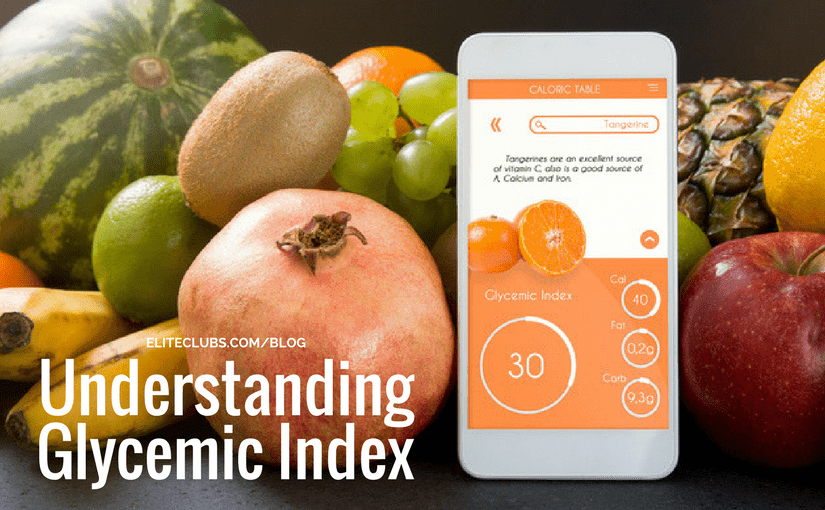
The term glycemic index may not sound like something you would use on a daily basis, but it is fairly simple in concept. It is a measure of the blood sugar in your body after eating a food that contains carbohydrates. Over the years, people have continued to try to control their blood sugar by counting their carbs in this way, but primarily in an effort to have control over their energy levels and to maintain more lasting quality from meals.
One pointer you need to know: The more carbohydrates a food contains the higher the rise in blood sugar, and the higher the glycemic index.
What factors affect a food’s glycemic index?
Fiber and Fat – most foods in these categories break down slowly in the body, therefore the longer it takes, the lower the glycemic index. That’s a good thing.
Processing – foods that come to you in processed form, are ready to go! Digestion and absorption will happen very quickly. The glycemic index is high.
Ripeness – Some foods, such as ripened fruits, will rise in glycemic index quickly. These fruits actually turn into simpler sugars from complex the longer they sit.
Cooking time and method – The amount of heat and water in food, and length of cooking, can impact the glycemic index.
The History of Glycemic Index
Physicians Jenkins and Wolever invented glycemic index in 1981 when by plotting curves to show how your blood sugar would rise over a two hour period. By studying certain participants, the clients would experience a certain percentage rise in blood sugar over time, and is expressed on a scale of 0-100.
Over the next couple of years, these physicians studied patients with hyperlipidemia, diabetes, heart disease and some athletes depending on their sport. In their judgement, they felt as though these different population groups could select their food intake based upon their disease state. The patients with diabetes could maintain better diabetic control by selecting food with lower glycemic indexes. This has worked fairly well for most of these populations.
Who should use glycemic index?
Many athletes who want a better energy level over time, have been very successful with the use of glycemic index for their intake before and after marathons or long distance runs. Because of their interest in the very best combination of low and moderate glycemic index foods, they have done better than most users. It could be their dedication to being specific foods and planning a good dietary routine that helped them the most.
It is also true that individuals desiring weight loss and the use of the glycemic index for that purpose could be just as successful as the athletes depending on their personal dedication. The process does take some work and dedication to put meals together that are going to have long lasting effects. But it can be done.
Most Dietitians like to look at their foods they recommend based upon their breakdown time and basically how long the food is going to last in the system. It is just something we know. It does help to know this because in selecting foods for an evening of work you can plan what is best before you go, and what foods to eat when you come home, by how long they last in the system. Then, you have covered the timeframe without eating too much or too little.
Here is a chart published recently by the Academy of Nutrition and Dietetics, by Taylor Wolfram, January, 2017.
High Glycemic Index Foods: (those greater than or equal to 70)
- White Bread
- Watermelon
- White potato
- Parsnips
- Pretzels
Moderate Glycemic Index or (56-69)
- White rice
- Grapes
- Beets
- Honey
- Popcorn
- Ice Cream
Low Glycemic Index or (less than or equal to 55)
- Brown Rice
- Milk
- Grapefruit
- Carrots
- Beans
- Pizza with cheese and meat
Glycemic Index can be a useful tool for those interested in choosing their foods based upon their breakdown timing in the body. There is a natural process involved as well when there is a good mix of carbohydrates, proteins, and fat. As one breaks down and is available for use, the next macronutrients becomes available, and so on. It is entirely possible to use for any medical diet and for weight loss. I would suggest looking into this more, and giving it a try!
Written by Rita Larsen, RDN, CD; Elite Sports Clubs Nutrition Educator & Diet Counselor
Rita is certified in Positive Psychology, University of Penn; has a BS in Dietetics from Kansas State University; and an Internship and Masters at the Indiana University Medical Center.
Schedule a Nutrition Consultation